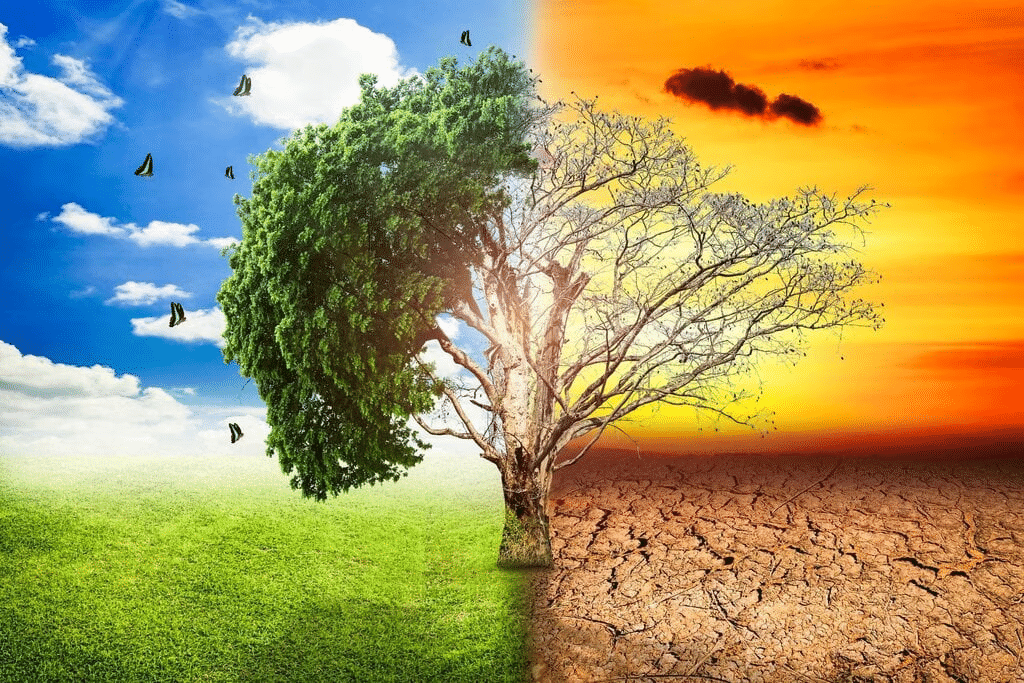Multiple Choice Questions (MCQs)
Q1. Who coined the term ‘Geography’?
(a) Herodotus
(b) Eratosthenes
(c) Galileo
(d) Aristotle
Ans: (b) Eratosthenes coined the term "Geography," which means "description of the earth."
Q2. Which of the following features is considered a ‘physical feature’?
(a) Port
(b) Road
(c) Plain
(d) Water park
Ans: (c) A plain is a physical feature of the earth's surface, formed by natural processes.
Q3. Which of the following questions is related to the cause-effect relationship?
(a) Why
(b) Where
(c) What
(d) When
Ans: (a) "Why" is the question related to cause-effect relationships in geography, as it seeks to understand the reasons behind spatial patterns.
Q4. Which of the following disciplines attempts temporal synthesis?
(a) Sociology
(b) Geography
(c) Anthropology
(d) History
Ans: (d) History attempts temporal synthesis, as it focuses on understanding changes over time.
Q5. Which of the following features is studied in Physical Geography?
(a) Population
(b) Climate
(c) Culture
(d) History
Ans: (b) Climate is a major aspect of Physical Geography, which studies the atmosphere and climatic conditions.
Short Answer Questions (Q/(a)
Q1. What is geography in simple terms?
Ans: Geography is the study of the earth’s surface, including its physical features, climate, and the relationship between humans and the environment. It helps us understand where things are located and why they are there.
Q2. How does geography integrate with other sciences?
Ans: Geography integrates with both natural and social sciences by synthesizing data from disciplines like geology, climatology, economics, and sociology to understand spatial relationships and patterns.
Q3. Why is geography important in understanding human societies?
Ans: Geography helps us understand how human societies adapt to their physical environment and how they modify it. It also allows us to study cultural diversity, resource distribution, and environmental challenges.
Q4. What is the difference between ‘What?’ and ‘Where?’ in geographical questions?
Ans: ‘What?’ refers to identifying the characteristics of natural or cultural features, while ‘Where?’ focuses on their distribution or location over the Earth's surface.
Q5. How has technology impacted the study of geography?
Ans: Technology, like GIS, remote sensing, and GPS, has revolutionized geography by improving data collection, analysis, and visualization. It helps geographers study and interpret the earth's surface more effectively.
Activity-Based Questions
Q1. Using an atlas, identify the major landforms in your region. How do they affect human activities like agriculture and settlement?
Ans: Landforms: Mountains, rivers, plains, plateaus.
Effect on Human Activities:
Plains: The fertile soil in plains supports agriculture, allowing for the cultivation of various crops and supporting large populations.
Rivers: Rivers provide essential water for irrigation, making farming possible even in dry areas, and serve as transportation routes for trade and commerce.
Mountains: While mountains may limit settlement due to their rugged terrain, they offer opportunities for tourism and are important for resource extraction (e.g., minerals).
Plateaus: Plateaus, rich in minerals, support mining industries, while their flat terrain can also be used for agriculture.
Q2. Prepare a map showing the major climatic regions of the world. How does climate influence the distribution of vegetation?
Ans: The map should include the following major climatic regions:
Tropical Climate: Found near the equator, characterized by high temperatures and heavy rainfall.
Temperate Climate: Located between the tropical and polar regions, with moderate temperatures and distinct seasons.
Polar Climate: Found at the poles, with cold temperatures and long winters.
Influence of Climate on Vegetation:
Tropical Climate: This climate supports rainforests, which have dense, evergreen vegetation due to high temperatures and abundant rainfall throughout the year.
Temperate Climate: In these regions, deciduous forests thrive. These forests have trees that shed leaves in the winter to conserve water and survive seasonal temperature changes.
Polar Climate: In polar regions, the extreme cold leads to the growth of tundra vegetation, including mosses, lichens, and low shrubs, which can survive the harsh conditions.
In conclusion, climate directly influences the type of vegetation that can grow in different regions, as temperature and precipitation patterns determine the adaptability of plant species.
Research-Based Question
Q1. Research the impact of human activities on the physical environment. How have urbanization and industrialization altered natural landscapes?
Ans:
Human activities, particularly urbanization and industrialization, have significantly altered the physical environment, leading to profound changes in natural landscapes.
UrbanizationDeforestation: As cities expand, forests and natural habitats are cleared to make way for housing, roads, and infrastructure. This has led to a loss of biodiversity and disruption of ecosystems.
Land Use Changes: Urban growth has transformed agricultural land and forests into built-up areas, reducing the availability of land for farming and natural habitats for wildlife.
Altered Water Systems: The construction of cities often involves changing natural water systems, such as rivers and wetlands, for drainage or flood control purposes, which can disrupt local ecosystems and hydrological cycles.
IndustrializationPollution: Industrial activities contribute significantly to air, water, and soil pollution. Factories release harmful chemicals and emissions, degrading the quality of the environment and impacting public health.
Mining and Construction: Mining for minerals and the construction of factories have led to the alteration of landforms. Mountains and hills are often flattened, and rivers are diverted, leading to the destruction of natural habitats and the loss of biodiversity.
Waste Accumulation: Industrial processes generate large amounts of waste, including hazardous materials, that can contaminate soil and water bodies, further damaging the environment.
Urbanization and industrialization have led to deforestation, pollution, and the alteration of natural landscapes. The expansion of cities and industries has had significant negative impacts on the physical environment, including loss of biodiversity, environmental degradation, and changes in landforms. These activities contribute to the overall disruption of natural ecosystems, highlighting the need for sustainable development practices.
Crossword Puzzle
Clues:
Across
The type of geography that studies landforms (10 letters) Geomorphology
The science of the atmosphere (11 letters) Climatology
A physical feature formed by water erosion (7 letters) Valley
Down
2. The branch of geography dealing with ecosystems (11 letters) Biogeography
4. A method used to represent geographical data digitally (12 letters) Cartography




















